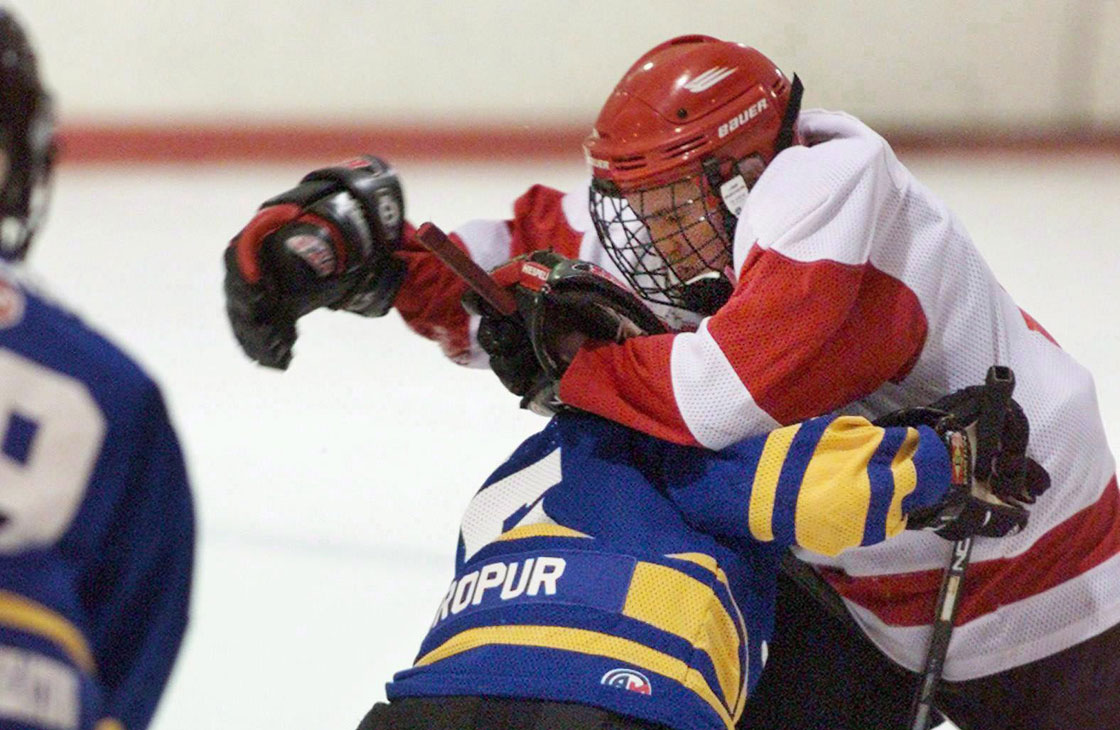TORONTO – Scientists at St. Michael’s Hospital in Toronto are warning that the number of teens who have suffered from traumatic brain injury is higher than what most Canadians think.

About 20 per cent of Ontario’s high school students say they’ve faced a brain injury so bad they were unconscious for five minutes or they had to stay in hospital overnight to recover, a new report shows.
Turns out, boys, students with lower school grades and those who drank or smoked marijuana within the past 12 months reported severe head injuries most.
But it was sports such as soccer, hockey or skateboarding that made up the majority of traumatic brain injuries.
“Traumatic brain injury is preventable,” Dr. Gabriela Ilie, the study’s lead author, said. She is a post-doctoral fellow at St. Michael’s Hospital.
“If we know who is more vulnerable, when and how these injuries are occurring, we can talk to students, coaches, and parents about it. We can take preventive action and find viable solutions to reduce their occurrence and long-term effects,” Ilie said.
Her complete findings were published Tuesday in the Journal of the American Medical Association.
Read more: Pull athletes showing signs of concussion, updated guidelines warn
In the study, St. Mike’s doctors teamed up with colleagues at the Centre for Addiction and Mental Health (CAMH). They scoured data from an Ontario 2011 student survey on drug use and health – it’s noted as one of the longest ongoing school surveys in the world and includes responses from almost 9,000 students from grades 7 to 12.
For the first time in 2011, questions about traumatic brain injury were added to the survey.
What sets the study apart from others, the researchers said, is that it’s one of the first to focus solely on adolescents and includes their self-reported experiences with head injuries. They noted that previous studies are based on hospital records – in those instances, the numbers could be higher as some kids aren’t reporting their injuries to parents, teachers, coaches or doctors.
This pocket of the population is vulnerable, too. Adolescent brains are still developing and evidence suggests that those who have concussions are put at greater risk of future concussions, lasting cognitive issues, substance abuse and mental health issues.
Read more: Panel finds helmets, mouth guards don’t prevent concussions
The link between traumatic brain injuries, mental health and substance abuse during adolescence is an area CAMH plans to study in the near future.
The results showed that about 47 per cent of head injuries in young women were caused by sports, while sports made up 63.5 per cent of the brain injuries in young men.
If the students drank alcohol frequently or smoked cannabis 10 times or more over the past year, their odds of facing brain injury increased by three to five times.
Even students with grades below 60 per cent faced a risk of four-fold compared to their counterparts.
Ilie’s findings are part of a St. Michael’s project led by Dr. Michael Cusimano, a neurosurgeon and concussion researcher who has been studying brain injuries for decades.
In March, Cusimano’s decades-long study was published in the journal PLoS One. In it, he pegged hockey and soccer as the sports responsible for more than half of all head injuries in young Canadians playing organized sports.
Read more: Ice hockey makes up nearly half of all head injuries in young Canadian athletes
It was player-to-player contact in hockey and kicks to the head or head-on-head collisions in soccer that was to blame for these injuries that required trips to the emergency rooms.
Small measures, such as padding goal posts or introducing education programs to teach kids what to do if they’ve been body checked, could help lessen the prevalence of injury, Cusimano suggested.
carmen.chai@globalnews.ca
Follow @Carmen_Chai





Comments